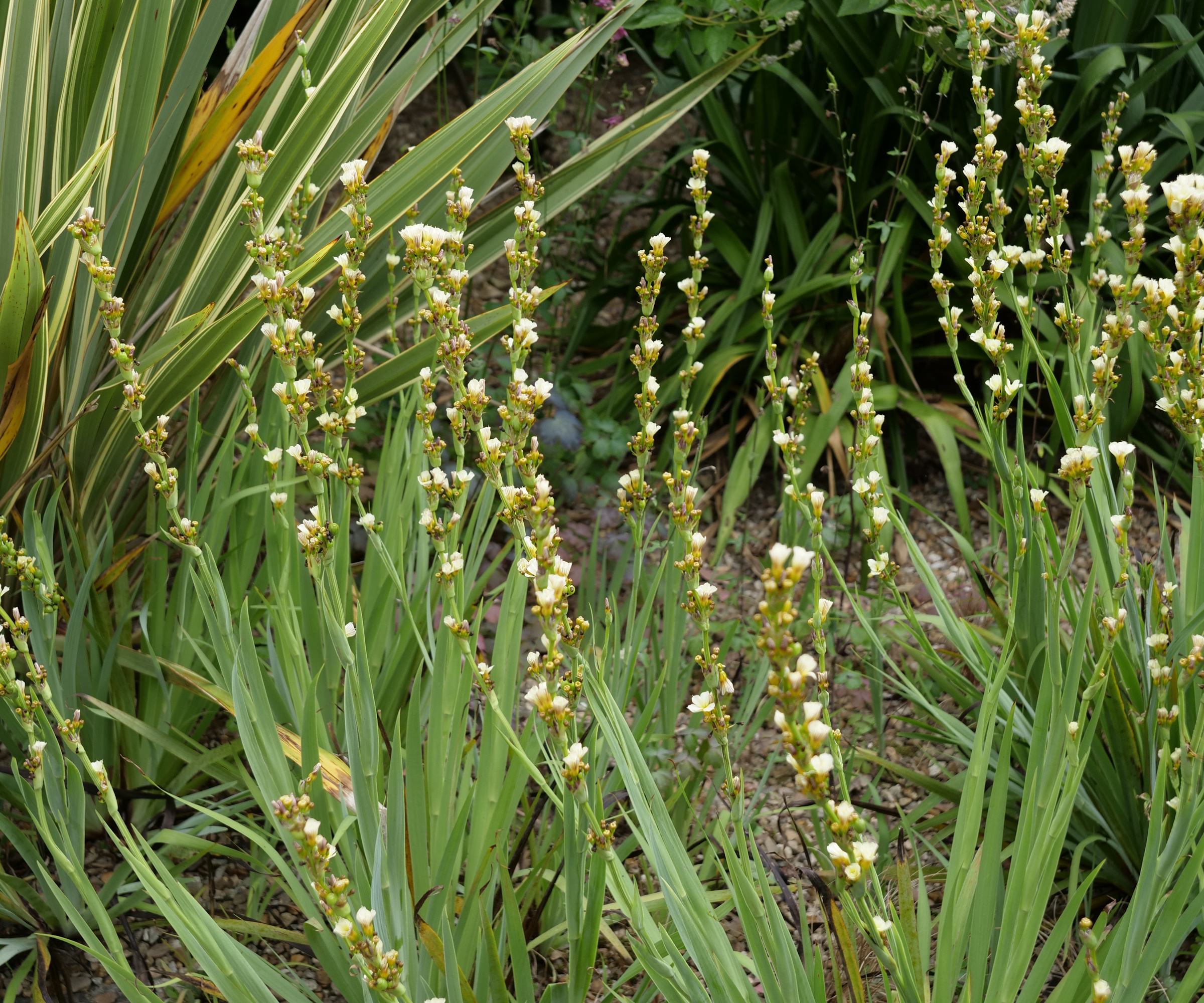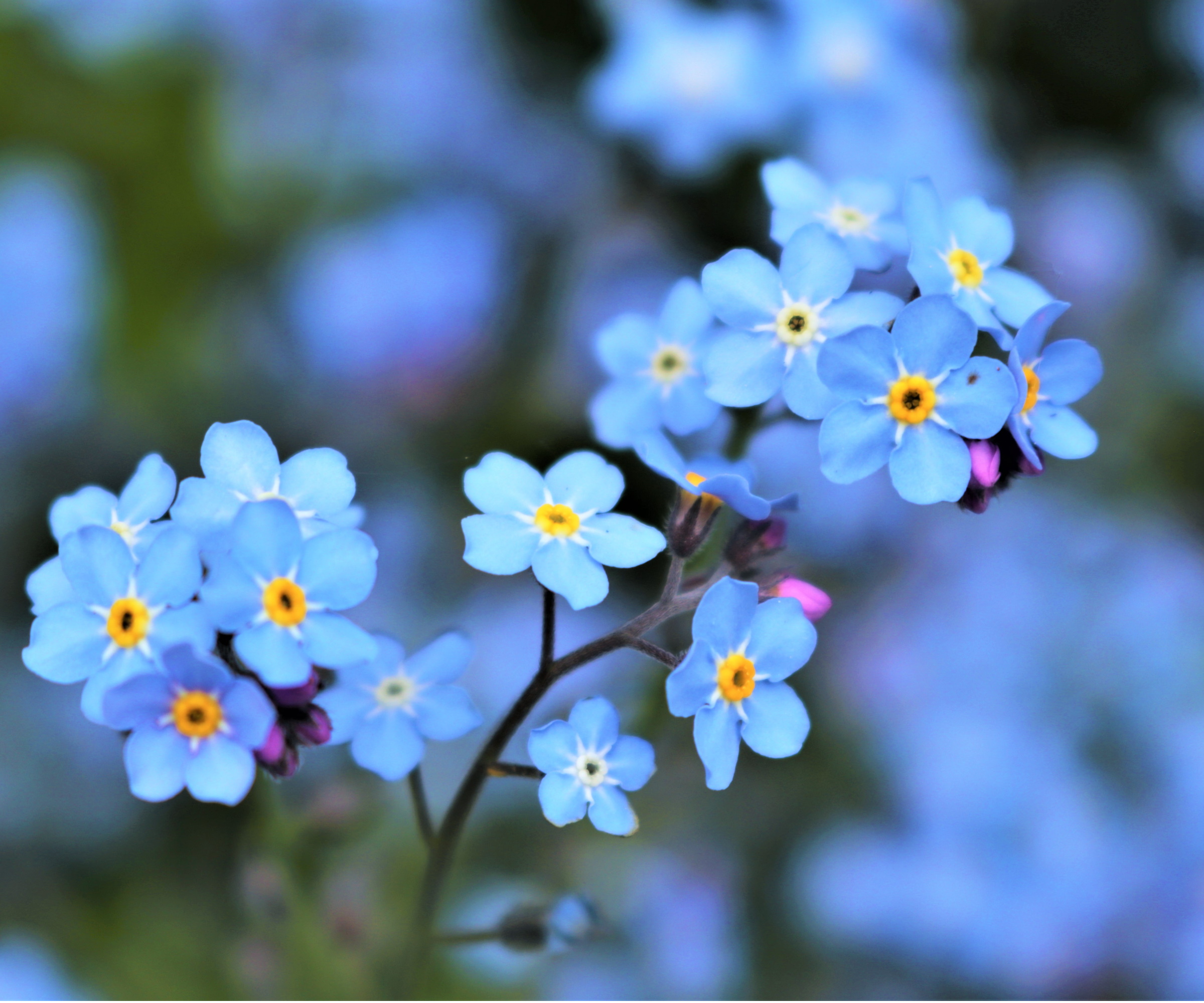Best self-seeding flowers – for a vibrant and wildlife-friendly garden
Self-seeding flowers fill your yard with color, ideal for gardeners who prefer a wild and natural aesthetic


Self-seeding plants are ideal for gardeners looking to incorporate wildflower garden ideas in their yard. Self-seeders can be annuals or perennials and are defined as plants that readily reseed themselves almost anywhere and everywhere. These plants help to create a natural, wild look, and what could be better than an unlimited, free supply of colorful flowers?
Using self-seeders is a good idea if you want to encourage wildlife in your yard. Many of these flowers - for example, native species such as blue vervain - are popular with birds, bees and butterflies. The trick with these plants is to leave them alone so that they can set seed and bloom. While we might want to tidy up self-seeders and cut back fading blooms, these plants must be given time to produce and scatter seeds to maintain the floral show.
So, if you want to create an eco-friendly garden full of flowers, consider planting some of these self-seeding flowers. Here, I share some of my favorites that I have grown working as a professional gardener and can recommend for your yard.

Best self-seeding flowers
Self-seeding plants will disperse and scatter seeds across any garden or yard, germinating and growing in your borders, pots, and in those impossible spots, like small cracks in the garden wall.
As a gardener, I cannot recommend self-seeding plants enough. These plants offer an unlimited and free supply of plants, and the continuous cycle of bloom-seed-bloom will repeat for as long as you allow.
What's more, pollinators adore these blooms, so if you are looking for wildlife garden ideas, these plants should be at the top of your list.
1. Candelabra primulas

One of the best plants for wet soil, candelabra primulas are a must-have plant if there is a damp or boggy area in the backyard. Best grown in US hardiness zones 6 to 8, candelabra primulas need consistent moisture to thrive.
Design expertise in your inbox – from inspiring decorating ideas and beautiful celebrity homes to practical gardening advice and shopping round-ups.
'Candelabra primulas will dazzle in damp gardens,' says Rachel Bull, head of gardens at Homes & Gardens. 'Blooming in a range of colors, these primulas will illuminate shady spots with pops of orange, red and purple.'
'Grow these primulas along a riverbank or in a bog garden where they can freely spread,' Rachel adds. 'As with other self-seeders, the trick is to leave the faded flower stems to set seed.'
Candelabra primulas are available to order online from Amazon.

Rachel is a gardening editor, flower grower and floral designer. Her journalism career began on Country Living magazine, sparking a love of container gardening and wild planting. After more than a decade writing for and editing a range of consumer, business and special interest titles, Rachel became editor of floral art magazine The Flower Arranger. She then trained and worked as a floral designer and stylist in London for six years, before joining the Homes & Gardens team.
2. Satin flower

Satin flowers, or Sisyrinchium striatum, are striking plants that I have grown in several gardens where I have worked. With attractive, iris-like foliage, satin flowers will add height and structure to your borders.
These plants grow best in US hardiness zone 5 to US hardiness zone 9 and produce small, yellow flowers that typically bloom in late spring. In milder regions, satin flowers can grow as evergreens, holding on to their foliage even through winter. I prune any brown or yellow leaves in early spring to maintain an attractive plant.
Thankfully for gardeners, this perennial plant is a notorious self-seeder, so long as you leave flower stems to set seed after blooming has finished.
There are other species of Sisyrinchium to grow, such as Sisyrinchium angustifolium, available to order online at Walmart.
3. Poppies

There are over 250 species of poppies, blooming in different shapes, sizes and colors. Depending on the types of poppies you grow and your local climate, these plants can be either annuals or perennials, flowering for much of the spring and summer.
When considering how to grow poppies, conditions will differ between species. In general, these plants prefer a sunny position with well-draining soil. Most poppy species, including corn poppies, Papaver rhoeas, or the Welsh poppy, Papaver cambricum, are prolific self-seeders.
Once seed pods begin to brown, carefully open the pod using your fingernails. Each pod will contain hundreds of seeds that you can scatter in chosen areas of the yard.
Poppy seeds are available to buy online from Burpee.
4. Forget-me-nots

Forget-me-nots are popular cottage garden plants, prized for their small flowers that can line garden paths or grow at the front of a border. They are often considered one of the best spring flowers for shade, growing best in US hardiness zone 3 to zone 8.
Considered some of the best part-shade annuals, different varieties can flower in pink, white, and light blue, adding color and interest to darker spots under trees and shrubs. Once you have forget-me-nots in your yard, they will return year after year, happily self-seeding in borders and containers.
Forget-me-not seeds are available to buy online from Walmart.
5. Verbena

If you are considering naturalistic planting design ideas, or looking for a native plant that will readily self-seed, then blue vervain, Verbena hastata, is the plant to grow.
'While the foliage is coarse, the tall spikes of purple-blue flowers are graceful and are adored by pollinators,' says Ali McEnhill, plant expert and owner of the Old Dairy Nursery in the Hudson Valley.
When considering how to grow verbena, Ali adds that 'it is extremely easy to grow in moist or average soil in a full sun position.' The flower spikes should be left to produce and scatter seed and will provide good fall interest in borders and backyards when dusted with frost.
Blue vervain plants are available to buy online from Nature Hills.

Ali is a self confessed plant geek, gardener, and propagator, owning and operating a plant nursery on an old dairy farm in New York's beautiful Hudson Valley. Ali focuses on growing hardy perennials, trees, and shrubs that thrive outdoors in the cold climate.
FAQs
What self-seeder would you recommend for a dry, sunny yard?
There is no better self-seeder for a dry, sunny yard than California poppies, Eschscholtzia californica. Native to warm regions in the US and Mexico, California poppies are a great addition to any garden. These poppies will happily self-seed, eventually filling borders and pots with colorful blooms. California poppy seeds are available to order from Walmart.
Planting self-seeding flowers will ensure that you have a continuous and free supply of blooms, year after year, and pollinators will flock to your borders. For more information on growing self-seeding plants, see our guide on how to create a wildflower front yard.
For more flower care information, see our guide on how to grow lisiathus, for a popular native flower that looks great in a vase.

Thomas is a Content Editor within the Gardens Team at Homes and Gardens. He has worked as a professional gardener for both public spaces and private estates, specializing in productive gardening, growing food and flowers. Trained in Horticulture at the Garden Museum, he has written on gardening and garden history for various publications, including The English Garden, Gardens Illustrated, Hortus, The London Gardener and Bloom. He has co-authored a Lonely Planet travel book, The Tree Atlas, due out in 2024.

